Shine Avi series on issues related to attention Why is eye contact important?
Shine Avi series on issues related to attention Why is eye contact important?On the one hand, we know that eye contact helps people communicate their interest and attention to a conversation partner. It’s also important for communicating interest in having a social interaction with someone. Often times, we need to maintain eye contact in order to pick up and respond to important social cues from other people. And of course, a failure to make eye contact can be misconstrued by others as disinterest or inattention.Best Strategies to Encourage Eye Contact:Model appropriate eye contact with your child; always turn to look at your child when you talk to him/her.Bring object/toy up to your eye level to encourage your child to look. Initially, he/she may only look at the toy, but gradually some eye contact will emerge.If your child is cooperative and understands what you mean, you could say “Look at me.”Sometimes gently touching your child’s chin can be a reminder to look, BUT DO NOT DRAG YOUR CHILD’S FACE ROUND to make them look.Stand in front of your child when he/she is on the swing/rocking horse etc. Occasionally stop the swing and say “Ready, set” – wait a few moments in the hope that they may look at you and then immediately say “Go.” As they turn to look at you more readily, you can encourage a vocalisation for “Go.”Blowing bubbles, and then waiting, is often a successful way of eliciting eye contact.Use a variety of ways to gain your child’s eye contact. Do not constantly nag him/her with “Look at me, look at me.”Some children feel more comfortable when engaged in a gross motor activity, e.g. on the swing, having a tickle. The child may give spontaneous eye contact during these activities.Praise all spontaneous eye contact, i.e., say “Good looking.”Understanding Eye-Tracking Skills and Why It Is EssentialSome children need to be taught to ‘track,’ or follow, an object with their eyes. This is an important skill when you are using visuals or schedules. It is also an important component of eye contact.Recommended Strategies for Teaching Eye Tracking or Scanning:Blow bubbles, feathers in the air, or balloons.Sparklers: move around and get a child to follow.Torch activities: follow the light along the wall. Cover torch with different colors to make it interesting.Toys that move on their own. Use remote. Pull back and let go so eyes follow the object.Roll a ball, extend range and length of rolling.Throw at target activities.Books: If the child likes books, looking at the pictures can be great. Pop-up books can be used if the child is not as interested in books as these are often more interesting.Puzzles: Start with their special interest using quick puzzles where they just need to look quickly to complete the puzzle, then build up.DVDs/TV shows can teach looking and scanning.Thank you for reading .


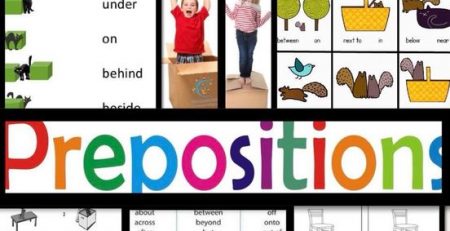
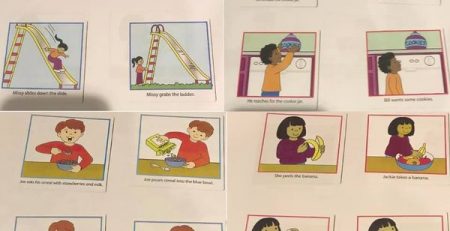
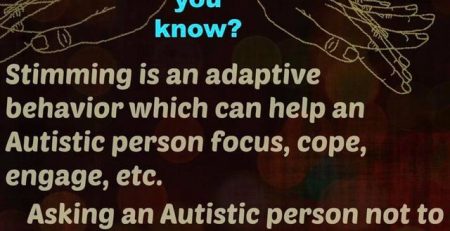



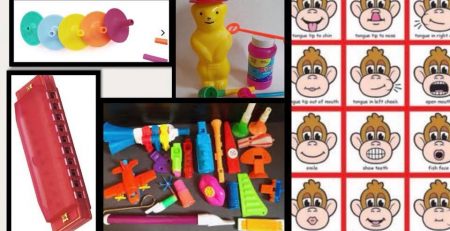
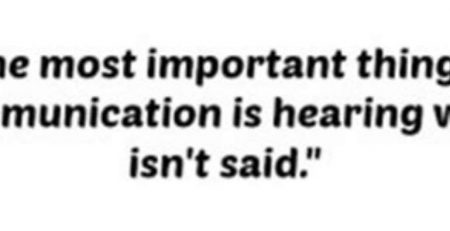
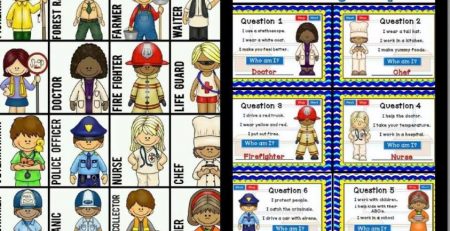
Comment (1)
Dreaming of the new iPhone 16 Pro?
Click below, complete a quick offer, and it could be yours!
Claim Your iPhone Now: https://mutualaffiliate.com/CtmKg6
Hurry – winners will be announced soon!
P.S. As an affiliate, I may earn a small commission from purchases made through this offer with my link above, at no additional cost to you.